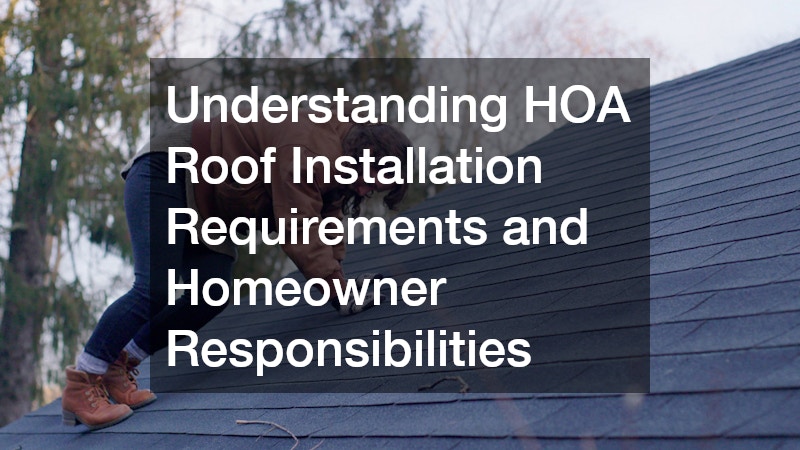Step-by-Step Guide to Pest Inspections
Pest inspections are a vital aspect of property maintenance and real estate transactions. In Australia, the presence of termites, rodents and other destructive pests can significantly damage buildings, devalue properties and create unsafe living conditions. Understanding how pest inspections are conducted and what to expect at each stage can help homeowners, buyers and landlords make informed decisions and maintain the structural integrity of their properties.
Initial Planning & Choosing a Qualified Inspector
The first step in any pest inspection process is to choose a qualified professional. In Australia, pest inspections should be conducted by licensed and insured inspectors with experience in identifying a wide range of pests, including termites, cockroaches, rodents and borers. Many pest inspectors hold dual qualifications in both building and pest inspections, offering a more comprehensive assessment.
Reputation is critical in this industry. A reliable inspector will be transparent about their methods and provide sample reports upon request. Verifying their licensing details and insurance coverage protects the client from liability in the event of any oversight or mishap during the inspection. Selecting an inspector who is familiar with the local environment and common pest issues in the area also enhances the accuracy of the findings.
Preparing the Property for Inspection
Once an inspector has been engaged, preparation of the property is essential to ensure the process is thorough and efficient. This involves providing clear access to key areas such as subfloors, roof voids, basements and garages. Inspectors will also need unobstructed access to the building’s perimeter, garden beds and external structures like sheds and fences.
Clients should remove any clutter that could hinder visibility, especially in areas where pests are known to hide. Ensuring pets are secured and informing the inspector of any previous pest treatments or sightings can also help focus the inspection on relevant issues. Proper preparation maximises the effectiveness of pest inspections and ensures potential problems are not missed.
Conducting the On-Site Inspection
The inspector will begin by visually examining the interior and exterior of the building, looking for signs of pest activity and damage. This includes checking for droppings, chew marks, nests, discarded wings, mud tubes and wood degradation. Thermal imaging and moisture meters may also be used to detect hidden infestations behind walls or under flooring.
Roof cavities and subfloors are especially prone to pests, as they offer shelter and are often neglected during routine cleaning. Inspectors will look for leaks, damp timber and poor ventilation—conditions that attract termites and other pests. Similarly, external factors such as overgrown vegetation, leaking gutters and wood piles near the home can signal increased pest risk.
Australian standards recommend a detailed and methodical approach during pest inspections, ensuring all accessible areas are checked. The use of inspection tools such as borescopes and tapping devices allows professionals to assess timber integrity without invasive damage to the structure.
Reviewing the Pest Inspection Report
Once the physical inspection is complete, the inspector compiles a detailed report outlining their findings. This document typically includes photographic evidence, descriptions of any damage found, areas that were inaccessible and a risk assessment of potential infestations. Recommendations for treatment or preventive measures are also included.
It is essential for clients to review this report carefully and seek clarification on any technical language or concerns raised. A well-documented pest inspection report can be used as leverage during property negotiations or to schedule appropriate pest management services. In some cases, follow-up inspections may be required to monitor an area over time or confirm the success of treatments.
Addressing Issues & Taking Preventive Action
If pests are detected, immediate action should be taken based on the inspector’s recommendations. This may involve targeted chemical treatments, physical removal or environmental modifications to deter future infestations. For example, reducing soil-to-wood contact, repairing leaks and installing termite barriers can help prevent long-term damage.
Even when no current infestations are found, pest inspections offer valuable insight into future risks. Preventive measures should be taken seriously, particularly in regions prone to termite activity or in properties constructed primarily from timber. Engaging a pest control professional to implement an annual treatment plan can help safeguard the home against potential invasions.
Understanding the Legal and Financial Implications
In the context of property transactions, pest inspections are often a condition of the sale. They protect buyers from unwelcome surprises and give sellers an opportunity to rectify issues before listing. Failing to conduct or disclose the results of pest inspections can result in legal disputes or failed sales.
For landlords and property managers, ensuring pest inspections are carried out regularly helps maintain tenant safety and satisfaction. In many states, landlords are required to provide pest-free premises at the beginning of a lease and recurring issues may become a legal liability if left unresolved.
Stay Ahead with Routine Pest Inspections
Pest inspections are a critical aspect of responsible property ownership and management. By understanding the inspection process—from choosing the right inspector and preparing the property, to reviewing the report and acting on its findings—Australians can protect their homes, families and investments from the destructive impact of pests. Whether you’re buying, selling or maintaining a property, scheduling regular pest inspections ensures peace of mind and long-term structural integrity.
.




